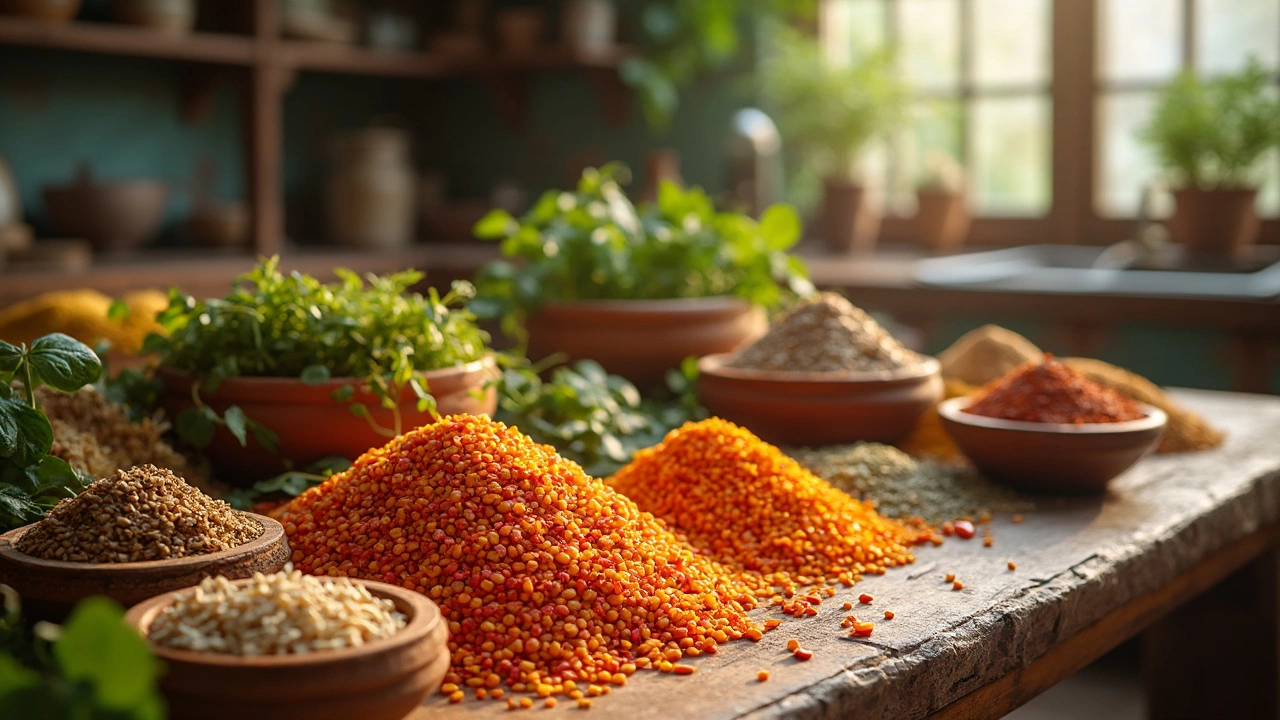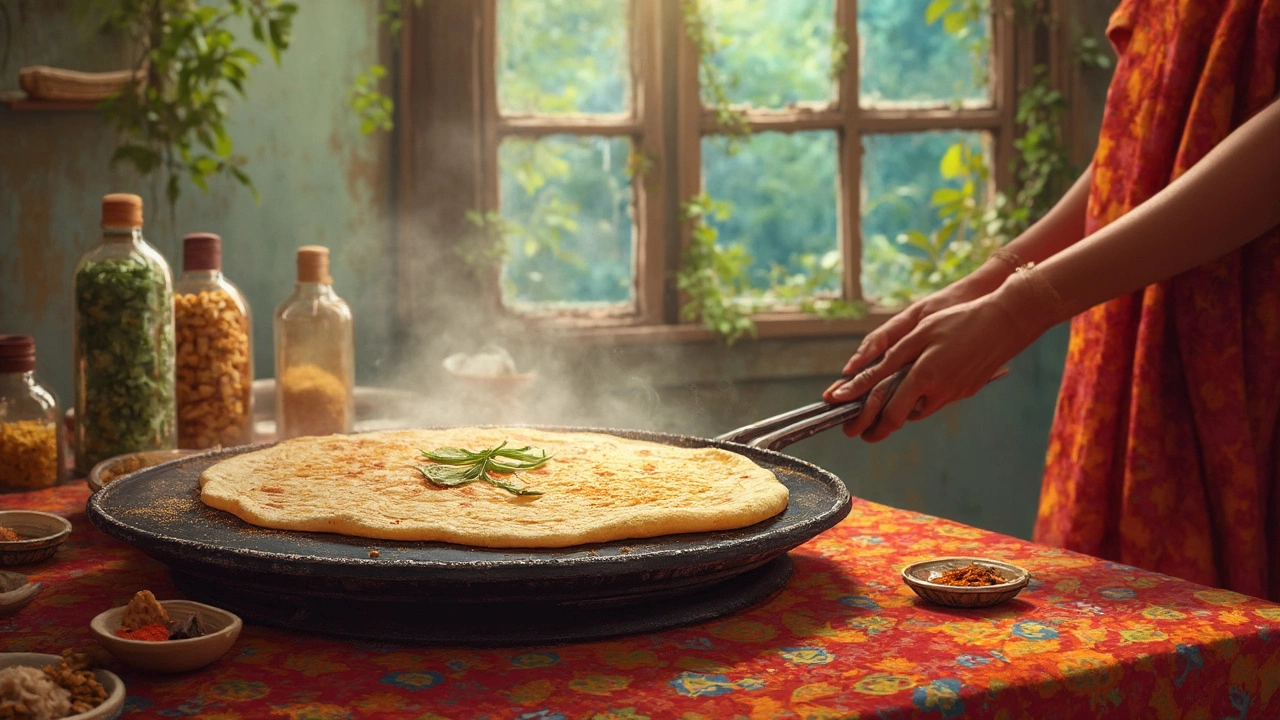Glycemic Index: Understanding How Indian Foods Impact Your Blood Sugar
When working with glycemic index, a numeric system that ranks carbohydrate‑rich foods by how fast they raise blood glucose. Also known as GI, it helps you predict blood sugar, the level of glucose circulating in your bloodstream after a meal spikes. Knowing the GI of the dishes you love means you can enjoy Indian flavors without compromising energy levels. It also shines a light on low glycemic foods, ingredients that cause a slower, steadier rise in blood sugar, which are gold for anyone watching their carbs.
Indian cuisine is built around a handful of Indian staple foods, items like rice, wheat rotis, dal and chickpeas that form the base of most meals. Not all staples behave the same: a plain white basmati rice bowl can sit around 70 on the GI scale, while a bowl of soaked, sprouted moong dal often lands below 30. The difference matters because high‑GI meals can cause a rapid glucose surge, followed by a crash that leaves you feeling sluggish. Simple tricks from our posts—soaking dal before cooking, adding a splash of lemon to biryani, or pairing rice with protein‑rich paneer—can lower the overall GI of a dish. Even the way you grind wheat for rotis changes its impact; adding a pinch of baking soda or oil can slow digestion, turning a 80‑GI flatbread into a friendlier 55‑GI option.
Practical Steps to Keep Your GI in Check
Start by checking the GI of the main ingredient before you plan a meal. Swap high‑GI white rice for brown or red varieties, which typically score 50‑55. Pair carbs with fiber‑rich veggies, legumes, or a dollop of curd to blunt glucose spikes—just like the lemon‑bright biryani tip we share. When you’re short on time, remember that quick‑soak methods for dal (as seen in our "What Happens If You Don't Soak Dal?" guide) still cut down cooking time while keeping the GI low. Spices like cinnamon, fenugreek, and turmeric also play a role; they subtly improve insulin sensitivity, making the same dish gentler on blood sugar. Finally, keep portion sizes realistic—half a plate of rice, a quarter of dal, and a quarter of veg or protein creates a balanced plate that respects the glycemic load.
Below you’ll find a curated list of articles that dive deeper into classic Indian dishes, dal nutrition facts, biryani myths, and more. Each piece shows how to apply the glycemic index in real‑world cooking, so you can enjoy authentic flavors while staying in control of your blood sugar.

How to Reduce the Glycemic Index of Dosa
Ever wondered how to enjoy dosas without a sugar spike? Lowering the glycemic index of this traditional dish makes it healthier for everyone, especially diabetics. The key lies in ingredients and simple tweaks in preparation. You'll learn practical tips to savor dosas guilt-free.

Understanding Roti's Glycemic Index and Caloric Impact
Discover the caloric and glycemic index information of the staple Indian bread, roti. This guide offers details on how many calories are in one roti, including variations like roti with sabzi and roti with ghee, and practical tips for maintaining a balanced diet. It's an essential read for anyone looking to optimize their health while enjoying traditional Indian cuisine.